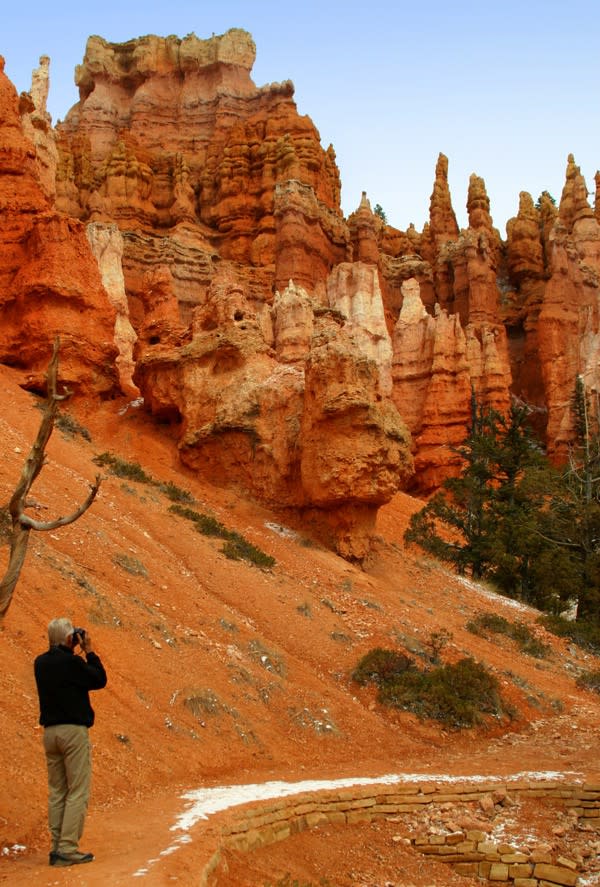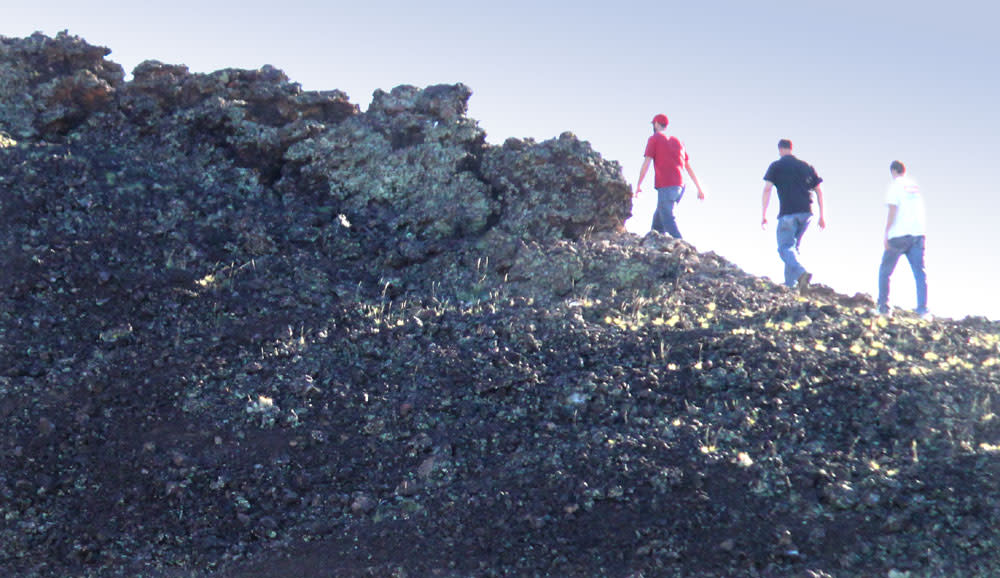 A man takes photographs on the Queens Garden Trail in Bryce Canyon National Park.
A man takes photographs on the Queens Garden Trail in Bryce Canyon National Park.
Bryce Canyon is, without a doubt, America's most exceptional and distinctive national park. Carved into the eastern edge of the Paunsaugunt Plateau, the forces of nature are striking in Byrce Canyon National




